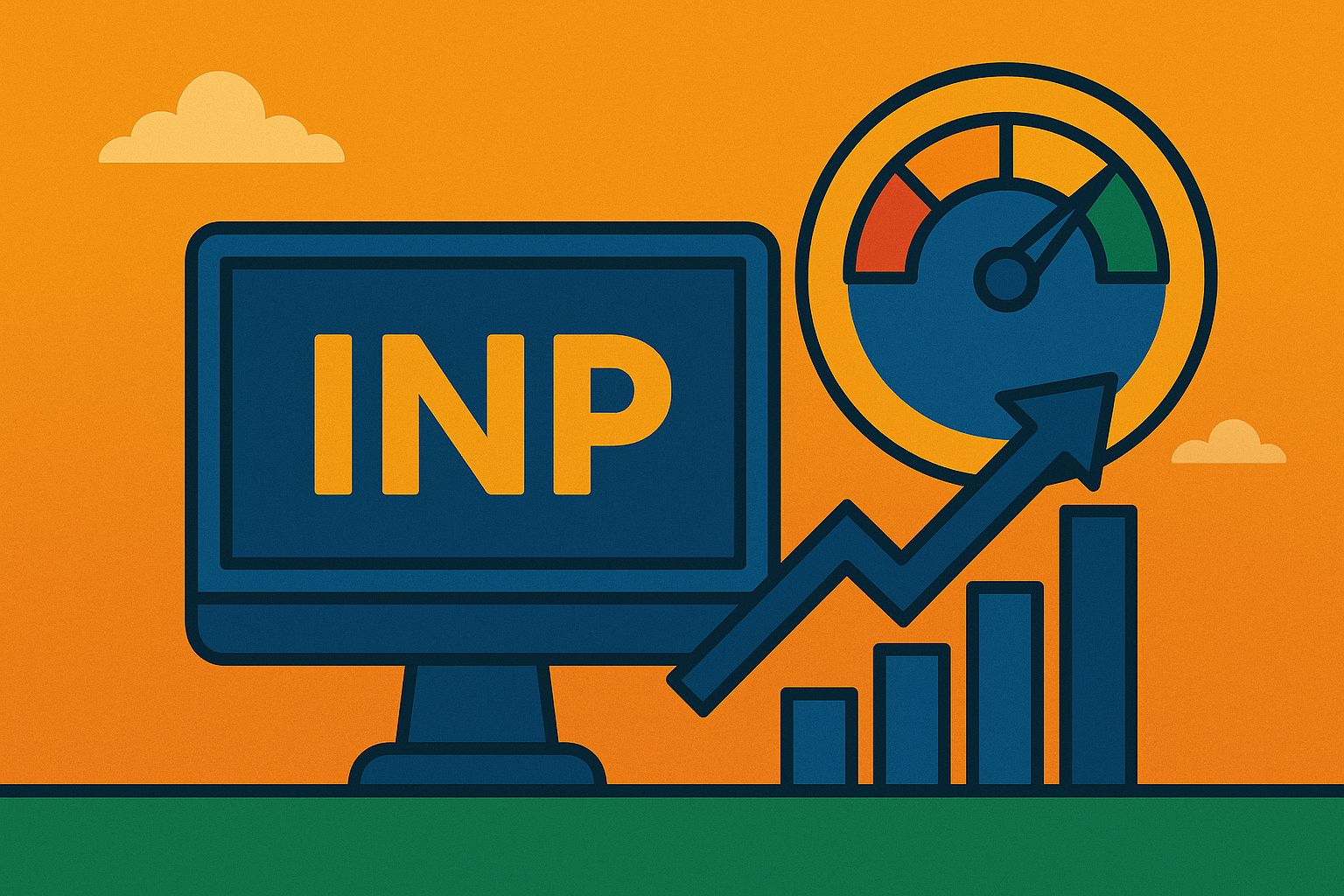Software solutions are mostly used by Businesses to achieve better results, gain competitive advantage and enhance productivity. However, it depends on how well new tools integrate into the existing systems and processes to be useful. Smooth integration of IT ensures proper flow of information, ensures reduction of excess information within organizations and assists organizations in deriving optimum utility out of their IT investments. Cloud computing is defined as delivering computing services, including hardware, storage, databases, networking, and software, to consumers and businesses over any type of network, but principally the internet. Some of the benefits that businesses can gain from cloud computing include being able to retrieve and store records without the need for managing hardware and/or IT systems.
However, in this article, we will discuss about the key cloud application techniques that developers and organizations might use to design and develop flawless highly performing application. Through more optimization of performance and scalability via cloud-native architectures as well as establishment of robust failover structures you can build the apps that can adapt to different user demands and traffic patterns. This article will try to guide you through the necessary skills needed in developing and implementing such applications.
Understanding Cloud Application Strategies
Cloud strategy in this respect is a way-map which provides an organization with direction on how it can realize its Gold through decision-making, utilization of certain tools and services, investment in embracing and utilizing resources, and the utilization closer computing services. It can be implemented in hybrid, private, public, or multi-cloud environments. Cost benefit, accountability, trust, enablement, keep ability and Enterprise risk are some of the principles. In other respects, by adopting a clothing-first structure, an organisation will attain benefits such as potential risk cost benefits global reach in that is loss prevention.
Here Are Some of the Critical Elements That Define Smooth Integration of Cloud Applications:
The expertise extended in attempting to establish lucid cloud applications necessitates numerous paramount facets with a view to proffering efficiency, scalability, and reliability. The application performance is fine-tuned through utilization of auto-scaling, load balancing, and caching, which effectively distributes workload and offers quick responses during traffic high spikes. Flexibility that is inherent in the cloud services allows program to expand with user activity through either scale-out or scale-up known as elastic reinactment often achieved through use of containerization technologies such as Docker Kubernetes or serverless computing. Availability is paramount and reliability can be achieved by running applications in multiple locations, failover mechanisms and DR services that minimize the possibility of an application being down. Security is equally important in cloud application strategy and solutions such as Identity and Access Management (IAM), encryption, threat detection, and others defend the data. Continuous integration and continuous deployment (CI/CD) automation assist in reducing the complexity of development due to improved update frequencies with limited manual intervention. These components are part of the elements of cloud application strategies that enable firms to build efficient, agile, and secure software.
- Cloud deployment models
A cloud deployment model seeks to describe the plan or method that an organization is going to use in deploying the cloud solutions that it offers. The five primary classifications of cloud deployments include: public clouds, private clouds, hybrid clouds, multi-clouds, and community clouds. That being said, each model offers specific perks and drawbacks and is defined by features that either make it applicable or not for certain applications or demands.
- Cloud deployment models
The community cloud deployment model is an arrangement by which several organizations with similar issues share a single cloud system: legal restraints, industry standards, or objectives. Community clouds allow the sharing of resources and encourage cooperation within a certain community or organization while meeting their requirements.
- Private cloud
This approach entails running services in the cloud within an organization’s local area network commonly known as the company’s intranet. Private clouds are more business-friendly as compared to the public clouds as they offer more control, security, and flexibility. Enterprise users with high security and compliance requirements, combined with processing of sensitive data, would benefit the most from them.
- Hybrid cloud
A combination of public and private cloud deployment involves adoption of features from both the clouds. This helps an enterprise leverage the economies of scale in using public clouds and at the same time retains the control of the critical business data and application in private clouds. One of the benefits of hybrid clouds is having the ability to deliver portable data and applications between environments. In an example of an amalgam architecture, certain workloads and information are processed in the private hybrid cloud while others are run in the public host. These environments are interconnected by networking technologies like Virtual Private Networks (VPNs) or dedicated linkages that ensure secure connection and transfer of information in public as well as private clouds.
- Multi-cloud
Multi-cloud strategies can be centrally orchestrated and managed by tools, which allows getting the maximum performance, scalability, cost-efficiency, and fault-tolerance when choosing the necessary cloud services from different suppliers for every workload or application. Multi-cloud solutions enable companies to minimize the threats, avoid the lock-in effect, and achieve the highest levels of freedom, redundancy, and innovation within the cloud environment.
Seamless Cloud Applications Strategies
Cloud application strategies are needed in order to create integrated cloud applications. Approaches, such as multi-cloud and hybrid cloud adoption, mitigate risks associated with vendor lock-in while enhancing flexibility and availability. This allows programs to be run in any environment and capable of providing users with universally smooth experiences. Automated Continuous Integration/Continuous Deployment (CI/CD)pipelines make the delivery and deployment faster and occur more frequently with less down-time. This does not only enhance the size and quality of organization control, but also enhances the overall application flexibility. Third, the automatic use of the cloud resources is essential for enhanced performance. A few of them include auto-scaling and load balancing which work by adjusting resources based on the level of demand so that the application remains consistent without the need for a human input.
Finally, it is possible to emphasize the importance of the serverless approach and the opportunity to enhance the performance and reduce the expenditures, as serverless computing automatically scales the application up and down depending on the current traffic without requiring the constant provisioning of dedicated infrastructure. Combined, these cloud strategies offer performance, dependability and capacity which are crucial for cloud applications.
Real-World Experience of Applications to the Cloud
Even though the focus is on cloud applications, Netflix can be considered to be one of the major epitome of an organization that shows good cloud application techniques. It is a multi-cloud streaming service that is auto-scalable to support millions of users across the globe when streaming. Another cloud computing platform is the Dropbox that makes use of the cloud storage and synchronization to provide users with real-time access to documents.
Conclusion
Cloud application strategies are crucial when it comes to creating high performing and scalable applications. Developers may use multi-cloud, CI/CD pipelines, and automation as approaches to ensure that applications they build are robust, elastic, and can meet customers needs. Other factors, such as security, reliability, and efficient resource utilization, are also important in achieving smoothness in cloud applications. This will allow them to remain competitive, agile and ready for the future of cloud software architectures as organizations continue to depend on the cloud for their business operations and strategies.





